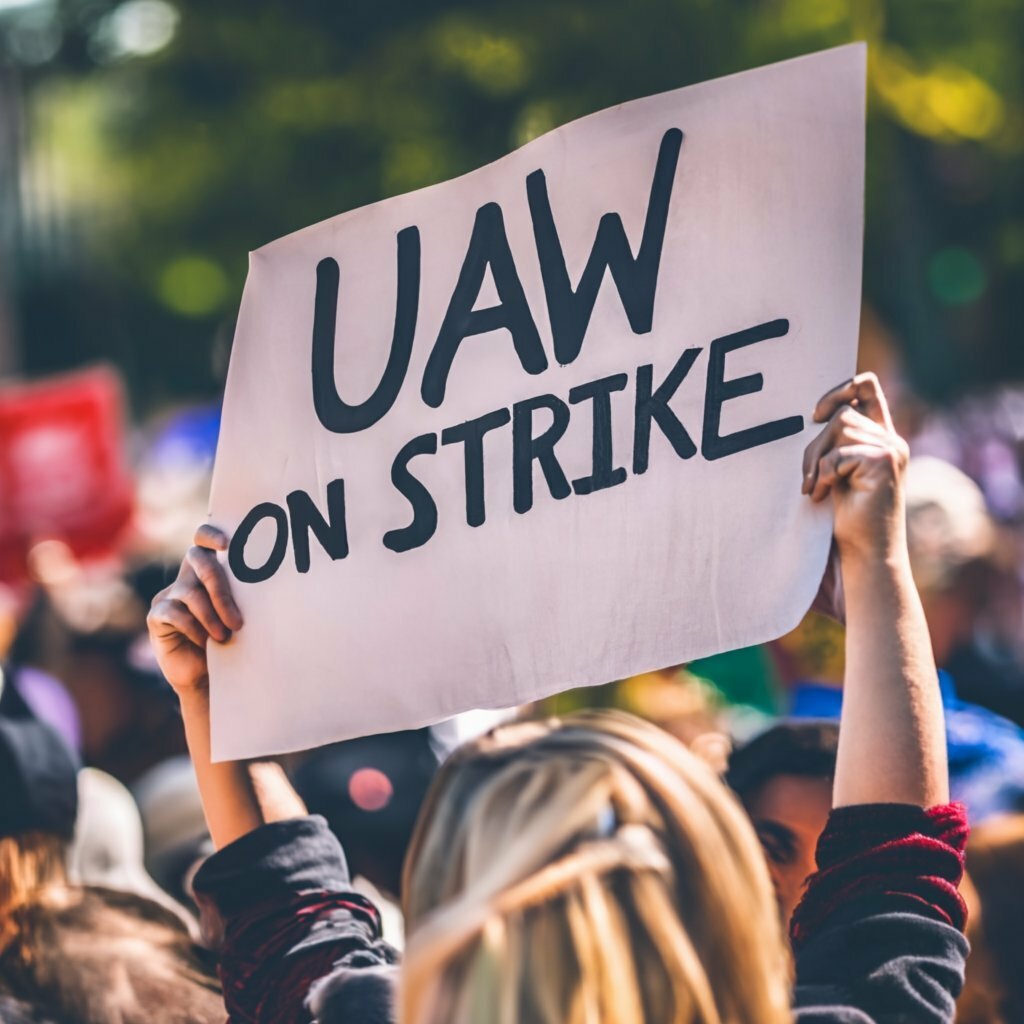The United Auto Workers (UAW) union strike against major automakers, including General Motors, Ford, and Stellantis, has captured the nation’s attention. With autoworkers demanding significant changes, the strike, which began last week, shows no signs of abating anytime soon. Here are five crucial reasons behind the UAW’s decision to strike:

1. Disagreements over the Terms of a New Labor Contract: Negotiations between the UAW and the automakers have hit a roadblock, primarily concerning various aspects of the labor contract. Issues related to wages, benefits, and worker protections have been sources of contention. Despite ongoing discussions, both parties have struggled to reach a consensus on these critical matters.
2. Increased Wages to Offset Inflation: The UAW is pushing for substantial wage increases over a four-year period to counteract the relentless rise in inflation. Inflation eats away at the real wages of workers over time, eroding their purchasing power. To ensure that its members’ earnings keep pace with the escalating cost of living, the UAW is adamant about securing meaningful wage hikes.
3. End to the Tiered Employment System: One of the UAW’s fundamental demands is the abolishment of the tiered employment system, which currently pays newer employees significantly less than their more experienced counterparts. This system was introduced during the 2007–2008 financial crisis as a cost-saving measure. However, the UAW contends that it perpetuates unfair wage disparities among its members, making its elimination a top priority.
4. Improved Overtime and Retirement Benefits: The UAW is advocating for the restoration and enhancement of overtime and retirement benefits that were lost during the 2007–2008 financial crisis. These benefits hold immense importance for UAW members, as they provide financial security and stability in their later years. Restoring these benefits is seen as an essential step in addressing past sacrifices made by the union.
5. Enhanced Worker Protections Against Plant Closures: With the automotive industry undergoing a profound transformation toward electric vehicle production, the UAW is seeking stronger worker protections against plant closures. The union is committed to securing job security for its members as the industry evolves. The fear of job losses due to shifting market dynamics has galvanized the UAW’s stance on this issue.
The strike has disrupted operations at several auto plants, raising concerns about potential supply chain disruptions and economic repercussions. The automakers argue that the UAW’s demands, particularly in the context of the ongoing industry transition to electric vehicles, would put them at a competitive disadvantage. However, from the UAW’s perspective, these demands represent a long-overdue effort to address the concessions made by the union during and after the 2008 recession, concessions that many workers still feel the effects of today.
As the strike enters its second week, the pressure mounts on both sides to find common ground and resolve these critical issues. The outcome of these negotiations will not only affect the thousands of autoworkers on strike but also have far-reaching implications for the future of the automotive industry in the United States.












